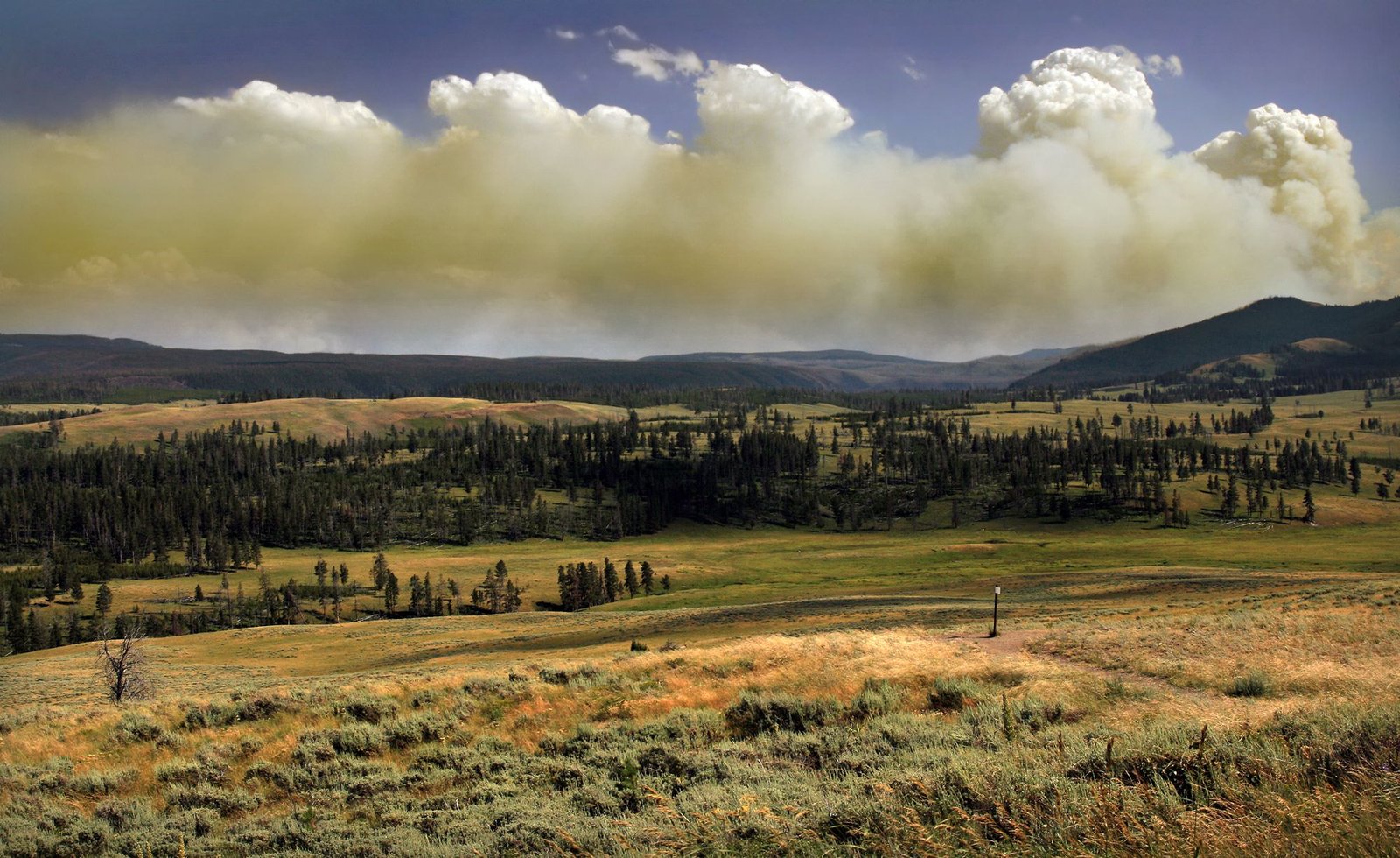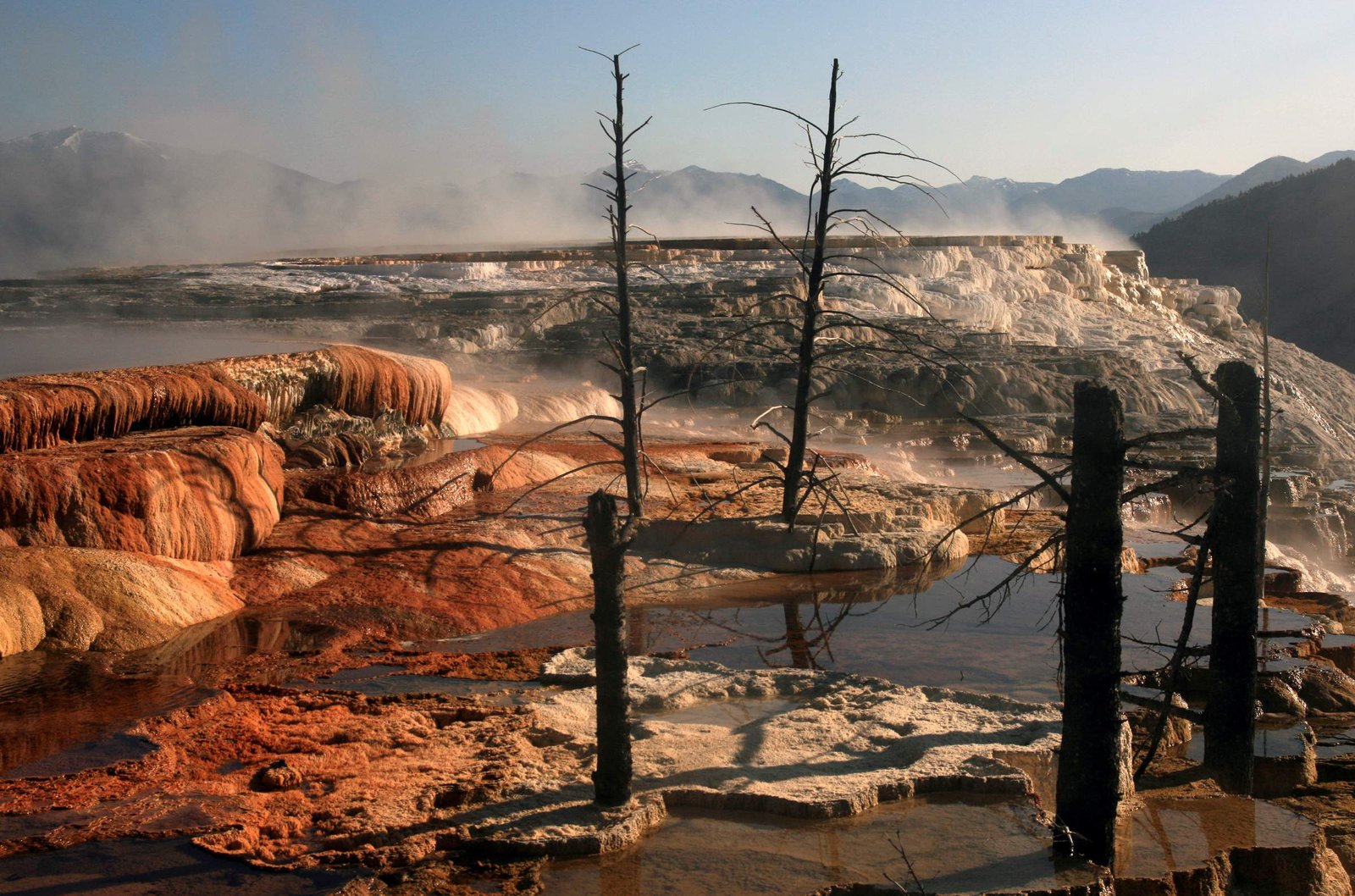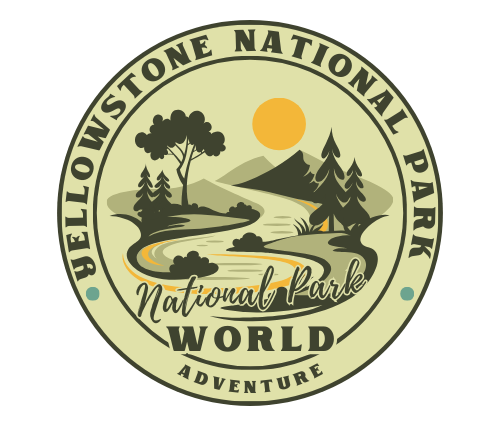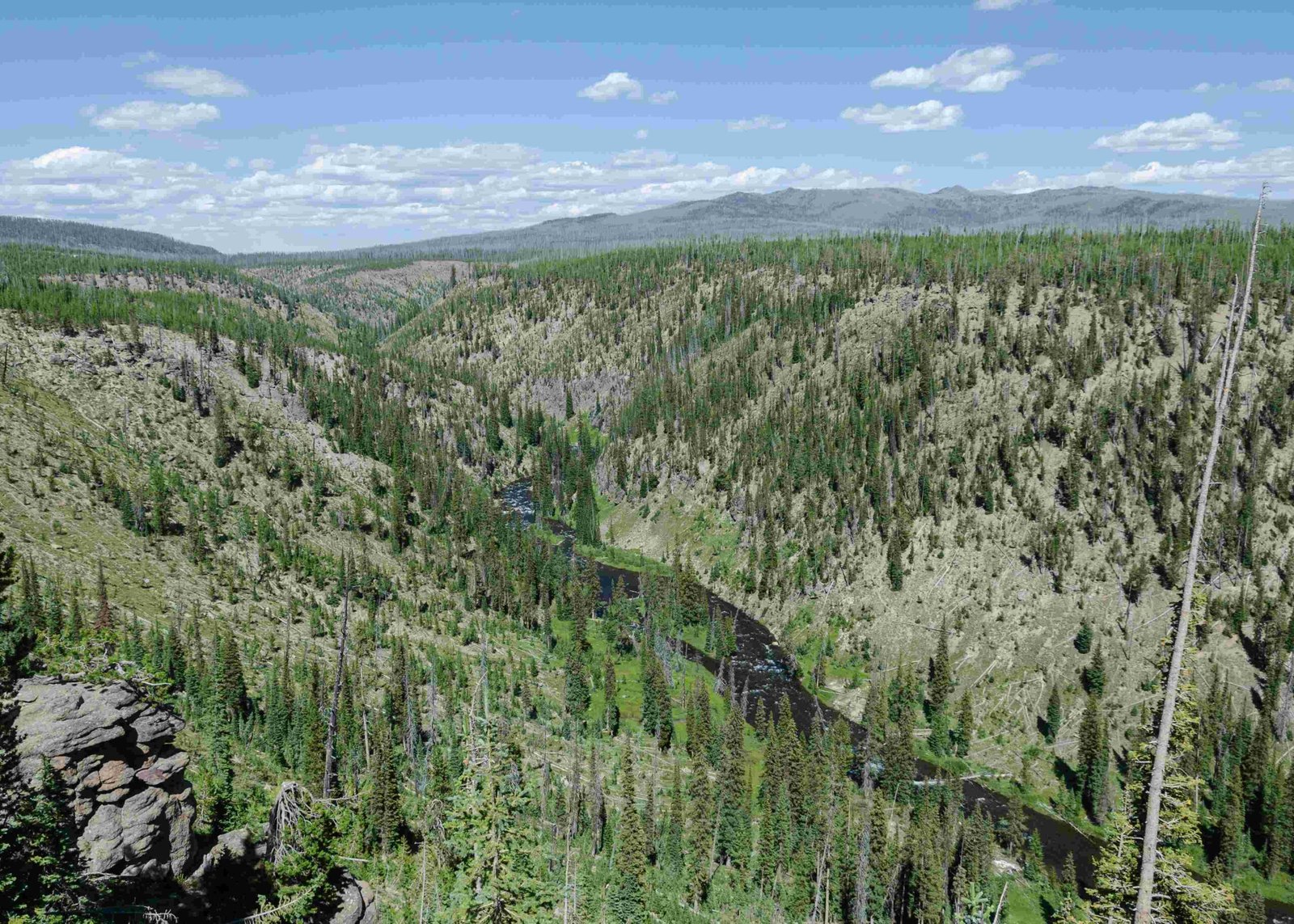Yellowstone National Park is home to a diverse array of wildlife, including many adorable baby animals. From fluffy bison calves to playful bear cubs, the park offers visitors a chance to witness nature’s cutest creations in their natural habitat. This guide explores the various species of cute animals found in Yellowstone, their behaviors, and the best times and places to spot them.
What Are the Cutest Animals in Yellowstone National Park?

Yellowstone National Park boasts an impressive variety of adorable wildlife. Here’s a list of some of the cutest animals you might encounter:
- Bison calves
- Elk calves
- Bear cubs (both black and grizzly)
- Bighorn sheep lambs
- Wolf pups
- Osprey chicks
Each of these species has unique characteristics that make them irresistibly cute to observe in their natural habitat.
When Is the Best Time to See Baby Animals in Yellowstone?

The best time to see cute baby animals in Yellowstone National Park varies depending on the species. Here’s a general timeline:
| Species | Best Time to Observe |
|---|---|
| Bison Calves | April and May |
| Elk Calves | Late May to June |
| Bear Cubs | April to May |
| Bighorn Sheep Lambs | May and June |
| Wolf Pups | April to May |
| Osprey Chicks | Late spring to mid-summer |
Spring and early summer are generally the prime seasons for spotting adorable baby animals throughout the park.
Where Can You Find the Cutest Animals in Yellowstone?
Different species of cute animals can be found in various locations throughout Yellowstone National Park. Here are some of the best spots:
-
Lamar Valley: Known as the ‘Serengeti of North America,’ this area is excellent for spotting bison calves, elk calves, and wolf pups.
-
Hayden Valley: Another wildlife hotspot, particularly good for seeing grizzly bear cubs and bison calves.
-
Mammoth Hot Springs: A prime location for observing elk calves and occasionally bison calves.
-
Tower Area: Ideal for spotting bighorn sheep lambs and black bear cubs.
-
Yellowstone Lake: A great place to see osprey chicks and occasionally bear cubs.
Remember to always maintain a safe distance from wildlife and use binoculars or spotting scopes for better viewing without disturbing the animals.
How Do Cute Baby Animals Behave in Yellowstone?
The behavior of cute baby animals in Yellowstone is both fascinating and endearing. Here are some interesting behaviors you might observe:
-
Bison Calves: Often called ‘red dogs’ due to their reddish-brown color, these calves can keep up with their mothers within hours of birth. They’re protected by the entire herd, which forms a circle around them when threatened.
-
Elk Calves: Born with spots for camouflage, elk calves can stand within 20 minutes of birth. They often hide in tall grass or thickets to avoid predators.
-
Bear Cubs: Playful and curious, bear cubs can often be seen climbing trees, wrestling with siblings, or exploring their surroundings under the watchful eye of their mother.
-
Bighorn Sheep Lambs: These agile climbers are born with the ability to navigate steep cliffs. They engage in playful head-butting matches, practicing for future dominance battles.
-
Wolf Pups: Initially, wolf pups stay close to the den. As they grow, they become more playful and can be seen interacting with pack members, learning crucial survival skills.
-
Osprey Chicks: These birds of prey hatch after about five weeks of incubation. They remain in the nest for several weeks, dependent on their parents for food and protection.
What Safety Precautions Should You Take When Viewing Cute Animals?
While it’s exciting to see cute animals up close, it’s crucial to prioritize both your safety and the well-being of the wildlife. Here are some important safety precautions:
-
Maintain Safe Distances: Stay at least 100 yards (91 meters) away from bears and wolves, and 25 yards (23 meters) from all other wildlife.
-
Use Proper Equipment: Bring binoculars or a spotting scope to view animals from a safe distance.
-
Stay on Designated Trails: This helps protect both you and the wildlife habitat.
-
Do Not Feed Animals: Feeding wildlife is harmful to their health and can create dangerous situations.
-
Be Aware of Your Surroundings: Always stay alert, especially in areas known for wildlife activity.
-
Follow Park Rules: Adhere to all park regulations and guidelines for wildlife viewing.
-
Use Pullouts: When stopping to view wildlife, use designated pullouts to avoid blocking traffic.
How Can You Capture Photos of Cute Yellowstone Animals?
Photographing cute animals in Yellowstone can be a rewarding experience. Here are some tips for capturing great shots:
-
Use a Telephoto Lens: This allows you to photograph animals from a safe distance without disturbing them.
-
Be Patient: Wildlife photography often requires waiting for the perfect moment.
-
Know Your Subject: Understanding animal behavior can help you anticipate photo opportunities.
-
Consider Lighting: Early morning and late afternoon often provide the best natural light for photography.
-
Respect the Animals: Never approach or disturb animals for the sake of a photo.
-
Be Prepared: Always have your camera ready, as wildlife encounters can be brief and unexpected.
-
Follow Park Rules: Adhere to all park regulations regarding wildlife photography.
Remember, the welfare of the animals should always take precedence over getting a perfect shot.
By following these guidelines, you can enjoy observing and photographing the cute animals of Yellowstone National Park while ensuring their safety and preservation for future generations to enjoy.
References:
1. Yellowstone’s Spring Babies
2. Meet Yellowstone’s Spring Babies
3. Baby Animals of Yellowstone

